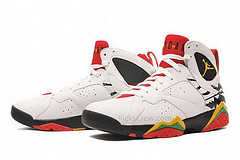Main Content
Lesson 2: The Marketing Research Process and Research Design
2.5 Descriptive Research
What Is the Purpose of Descriptive Research?
You can use descriptive research to answer questions such as who, what, where, when, and how. For example, who are your customers? What products do they buy? Where do they buy the products? When do they visit the store? How do they pay for their product? This kind of descriptive information can often be easily extracted from the data that the client firm already collects.
Examples of Descriptive Research Methods
Descriptive research can involve two broad types of data. Click on each of the types below to familiarize yourself with them. Note that the first "View All" tab allows you to see all four examples at once.
1. Cross-Section Data

Cross-sectional data is a sample of elements selected from the population of interest that are measured at a single point in time. For example, this can be a survey about customers' opinions on a new design of the Air Jordan shoes.
2. Panel Data
Also called "longitudinal data," panel data is a sample of elements that is measured repeatedly through time. For example, when election time is nearing, several polls measure people’s preferences for the candidates every day/week/month.
Note that panel data can have some different characteristics. Panel data may be collected from the same respondents over time, which allows the researchers to assess differences at the respondent-level over time. However, panel data may also be collected from different samples over time (this is sometimes also referred to as repeated cross-sections), which only allows you to draw conclusions on changes at the aggregate level. Election polls are an example of the latter kind.
Descriptive analysis is relatively easy to perform once the data is collected. Examples of methods are computing the mean, mode, median, and standard deviation of the collected variables. You can also compute correlations or confidence intervals. You will learn more about these descriptive research methods in Lesson 9. The course will also cover how to use Excel and SPSS to compute descriptive statistics from your data.
